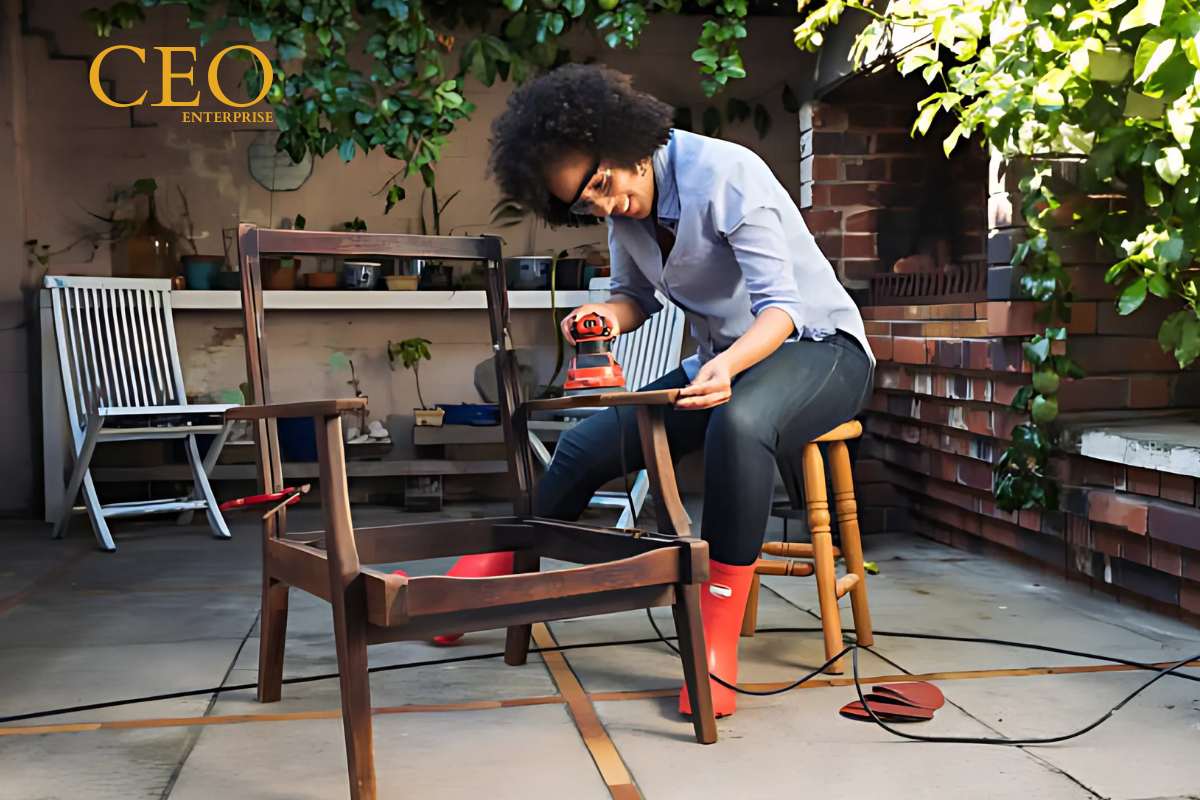Chemicals Out of Landfills: In today’s world, where environmental concerns are at the forefront of collective consciousness, sustainable living has become a paramount priority. One significant area where individuals can make a positive impact is through their choice of furniture. By opting for sustainable furniture options, we can not only…

Chemicals Out of Landfills: In today’s world, where environmental concerns are at the forefront of collective consciousness, sustainable living has become a paramount priority. One significant area where individuals can make a positive impact is through their choice of furniture. By opting for sustainable furniture options, we can not only reduce our carbon footprint but also contribute to a healthier planet for future generations.
The Environmental Impact of Traditional Furniture
Traditional furniture manufacturing often involves the use of harmful chemicals and synthetic materials that can have detrimental effects on the environment. These chemicals can contaminate water sources, contribute to air pollution, and end up in landfills, where they can take centuries to decompose. Moreover, the production of such furniture often requires significant energy consumption, further exacerbating environmental issues.
Sustainable Furniture: A Greener Alternative
Sustainable furniture, on the other hand, is crafted using eco-friendly materials and processes that minimize environmental impact. These options include:
- Recycled materials: Furniture made from recycled materials, such as reclaimed wood or recycled plastic, helps divert waste from landfills and reduces the demand for new resources.
- Natural materials: Furniture made from natural materials, like bamboo, cork, or organic cotton, is biodegradable and renewable, ensuring a smaller environmental footprint.
- Low-VOC paints and finishes: Opting for furniture with low-VOC (volatile organic compound) paints and finishes helps to improve indoor air quality and reduce harmful emissions.
- Fair trade and ethical sourcing: Supporting furniture made through fair trade practices and ethical sourcing ensures that workers are treated fairly and that the materials used are sourced responsibly.
The Role of AI in Promoting Sustainable Furniture
AI has the potential to revolutionize the furniture industry by promoting sustainable practices and improving efficiency. Here are some ways in which AI can contribute:
- Supply chain optimization: AI can be used to optimize supply chains, reducing transportation distances and minimizing carbon emissions.
- Material sourcing: AI algorithms can help identify sustainable material sources and ensure that they meet ethical standards.
- Design optimization: AI can be used to design furniture that is both sustainable and functional, maximizing resource efficiency.
- Consumer education: AI-powered chatbots and virtual assistants can provide consumers with information about sustainable furniture options and help them make informed choices.
By choosing sustainable furniture, we can make a significant contribution to environmental protection and create a healthier planet for future generations. With the help of AI, the furniture industry can continue to innovate and develop sustainable solutions that meet the needs of consumers while minimizing their environmental impact.
